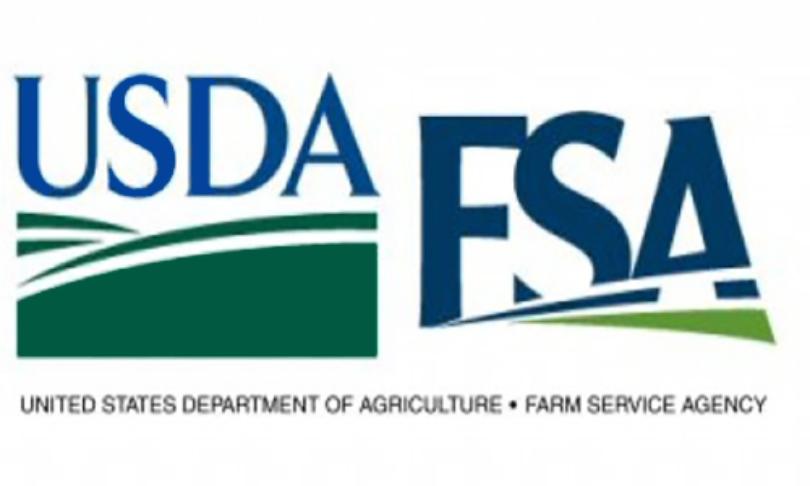USDA accepting applications to help cover costs of organic, transitioning producers
Agricultural producers and handlers who are certified organic, along with producers and handlers who are transitioning to organic production, can now apply for the U.S. Department of Agriculture’s Organic and Transitional Education Certification Program and Organic Certification Cost Share Program, which help producers and handlers cover the cost of organic certification, along with other related expenses.
Applications for OTECP and OCCSP are due Oct. 31, 2022.
OTECP covers:
- Certification costs for organic producers and handlers (25% up to $250 per category).
- Eligible expenses for transitional producers, including fees for pre-certification inspections and development of an organic system plan (75% up to $750).
- Registration fees for educational events (75% up to $200).
- Soil testing (75% up to $100).
Meanwhile, OCCSP covers 50 percnet or up to $500 per category of certification costs in 2022. This cost share for certification is available for each of these categories: crops, wild crops, livestock, processing/handling and state organic program fees.
Producers can receive cost share through OTECP and OCCSP, which cover costs incurred from Oct. 1, 2021, through Sept. 30, 2022. Producers have until Oct. 31, 2022, to file applications, and FSA will make payments as applications are received.
To apply, producers and handlers should contact the Farm Service Agency at their local USDA Service Center. As part of completing the OCCSP applications, producers and handlers will need to provide documentation of their organic certification and eligible expenses. Organic producers and handlers may also apply for OCCSP through participating state agencies.
Additional details can be found on the OTECP and OCCSP webpages.
FSA offers joint financing option on Direct Farm Ownership loans
The FSA Direct Farm Ownership loans can help farmers and ranchers become owner-operators of family farms, improve and expand current operations, increase agricultural productivity and assist with land tenure to save farmland for future generations.
There are three types of Direct Farm Ownership loans: regular, down payment and joint financing. FSA also offers a Direct Farm Ownership microloan option for smaller financial needs up to $50,000.
Joint financing allows FSA to provide more farmers and ranchers with access to capital. FSA lends up to 50 percent of the total amount financed. A commercial lender, a state program or the seller of the property being purchased, provides the balance of loan funds, with or without an FSA guarantee. The maximum loan amount for a joint financing loan is $600,000, and the repayment period for the loan is up to 40 years.
The operation must be an eligible farm enterprise. Farm Ownership loan funds cannot be used to finance non-farm enterprises, and all applicants must be able to meet general eligibility requirements. Loan applicants are also required to have participated in the business operations of a farm or ranch for at least three years out of the 10 years prior to the date the application is submitted. The applicant must show documentation that their participation in the business operation of the farm or ranch was not solely as a laborer.
For more information about farm loans, contact the Madison County farm loan team at 315.736.3316 ext. 2 or visit fsa.usda.gov.
